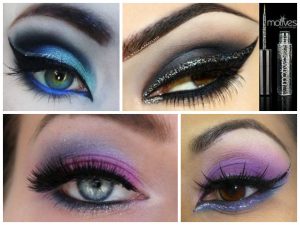North Shore Dance Society is so excited about this wonderful article!!!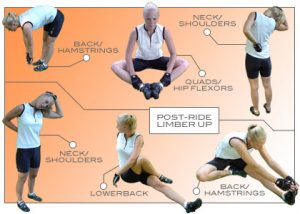
Let’s be clear – stretching is very important. It seems logical to stretch our muscles, since we want a greater range of motion and more flexibility. Stretching regularly can prevent injuries, increase your muscular endurance, and most importantly relax and regenerate. First, we have to understand the difference between static and dynamic stretching:
Static stretching – is remaining in a stretching position for a period of time without moving. e.g. sitting on the floor; legs straight out in front of you; reaching with your hands to your toes, and staying in this position. 
Dynamic stretching – is an elongation of a muscle through movement. e.g. standing position, swinging your leg back and forth and increasing the range of motion with every swing.As ballroom dancers, generally we need to have flexible bodies. When we create beautiful lines with our arms, we stretch our chest muscles to the maximum. We show our incredible long legs by pointing our feet. When we dance, we already make use of dynamic stretching, but sometimes that range of motion is simply not enough. This is why incorporating static stretching into our daily practice schedule is a win! All of these sound great, but lets look at 5 stretching mistakes that will not add to your dancing, and might, in fact, even ruin it!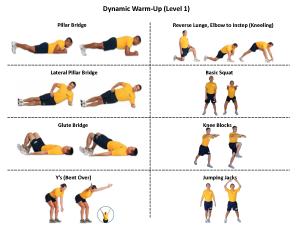
1. Do static stretching early in the morning
Getting out of bed and getting into the splits immediately, might not be the best idea! The elasticity in our muscles equals to zero in the morning, and it would be quite a shock for our muscles being stretched right away. Go easy, and go with dynamic stretches! Good times for static stretching, however, are around noon and towards the early evening.
2. Stretch with a room temperature under 18°C (65°F)
Try to avoid cold rooms, when you are doing your stretching moves. The cold temperatures will decrease your range of motion and your flexibility exercises will not only be less effective, but also more dangerous, since you are probably used to greater elasticity.
3. Use static stretching as your warm up
Always make sure, you are warmed up before you do static stretching. If you are still cold, the strain on the muscles might soon become too much of a burden and will lead to injuries. If you want to warm up with basic and light dynamic stretching, that would work just fine.
4. Heavy static stretch right before a competition
Since you’re staying in a static stretch for the intention of elongating muscles, it will decreases the reaction time. Which means, it might make you slower aaaaand it might also decrease your sense of balance! And we don’t want that, do we?
5. Force the stretch and get frustrated
Stretching is frustrating! So don’t be too hard on yourself, if you see absolutely no progress in two weeks. It all takes time! Keep at it, stay positive and believe in becoming better. A positive mind can dance and stretch better than a frustrated one!
North Shore Dance Society thank you the Author: Sophia Wedel




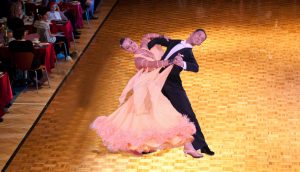
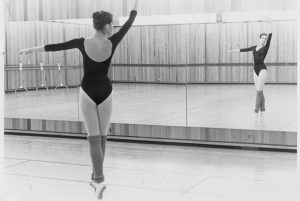
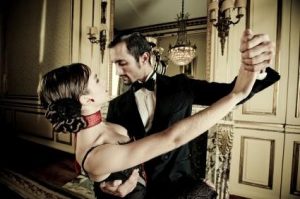
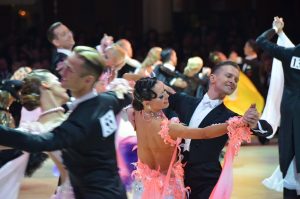
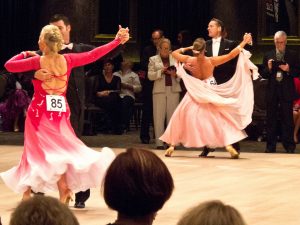
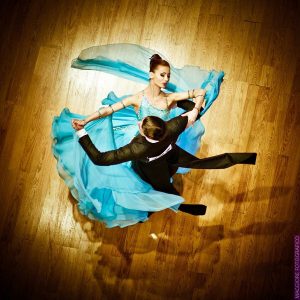 Breathe
Breathe